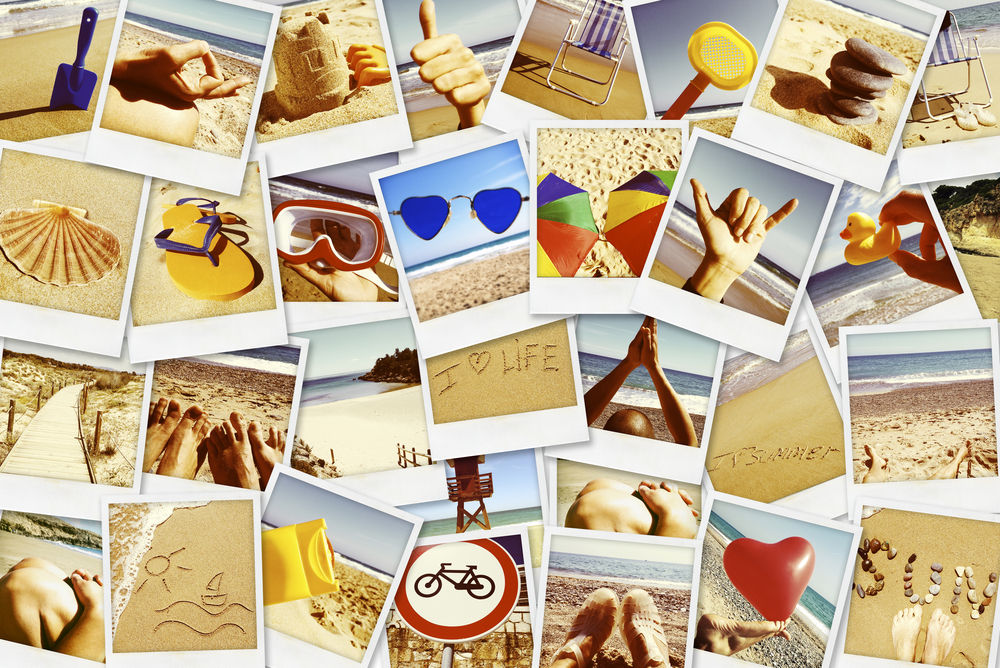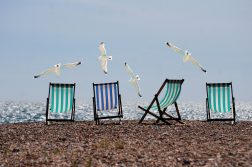
Pinterest can be a phenomenal source of traffic for your blog, especially if your posts feature drop-dead gorgeous destination photographs. Pinterest is at heart a way of sharing images, and so it’s a natural for travel bloggers.
This week, we’re handing over the reigns to Mel, who blogs at Le Coin de Mel, and who has built up a following of almost one million readers via Pinterest. Mel has some quick and simple tips to help you give your Pinterest account a boost in just one week – whether you’re a Pinterest fan, or a complete newbie.
Here are Mel’s top tips:
Day One: Fall in Love with Pinterest (again)
Do you sometimes find yourself thinking Pinterest is a big time suck? It’s just another place where you’re supposed to promote your latest blog post? Stop right there!
Taking a fresh look at Pinterest means weaning yourself off old habits and starting new ones. The best way to do this is forget about your blog completely – just for one day – and use Pinterest like any other user.
Rather than pinning your posts, look at pins other people are following and adding. See what inspires you, what sort of images you want to share yourself. Pin some content you’ve loved recently. Focus on YOUR likes and interests rather than your blog ‘brand’ or anything like that. Search things that get you excited, whether that’s inspiring quotes, quick craft activities or baking projects.
Day Two: Make Over your Pinterest Boards
Lots of us are guilty of creating Pinterest boards rather aimlessly when we set up our accounts. Now’s the time to take a long, hard look at those boards. Are they relevant? Are they useful to readers? Do they look good?
Delete boards you’re not happy with, add new boards, consider separating larger boards into smaller, more specific topics. Rather than having a “hotels” board with 1,000 Pins, could you create four smaller boards focusing on luxury, budget, quirky and independent travel? Put your boards into the order you’d like them to be seen in. Choose a strong cover image for each board – ensuring the images you choose show a similar look and feel. This helps give people a feel for your ‘style’.
Day Three: Look at your Pins
Next, look at each board and the individual pins within it. Are all the pins working as well as they might? Visually, portrait images work better than landscape images. Photos without people work better than photos of people. It can be a nice idea to add a logo overlay to your most popular pins so they can be re-pinned and tell more people about your blog.
Remove pins that are not relevant, and make sure every pin you have leads to a live link. Yes, it’s time-consuming but look at it this way – it’s easier to do this stuff now than another 12 months down the line!
Check descriptions on your pins – longer ones tend to work better than shorter text. Remember that hashtags have no meaning in the Pinterest world!
Day Four: Get Descriptive
Check the file names and titles of your images. If you upload an image straight from your camera, the file name might be 534534.jpg – that’s never going to be found, no matter how amazing the content it leads to! Make sure you’re adding descriptive titles and text – “New York” is fine, but “New York Skyline at night, with Brooklyn Bridge” is better. Consider applying for rich pins – these are pins that include extra information on the pin itself.
Day Five: Get Following!
Here’s the secret to social media – don’t follow just the people you think you should (work friends, fellow bloggers, your old school friends). Follow people who inspire you, who share pictures that make you go, “Wow!” If there is a Pinner you love, check out who they are following, as that’s as good a recommendation as any.
Day Six: Get Social
Group boards are fab ways for you to find, and share content on Pinterest. A group board will be a collaborative effort with multiple users adding content – and you’re likely to find that you’re being re-pinned and followed by people who follow your fellow board posters. If you fancy joining a board, check the board description. There will be board rules, and it will specify whether the board is open to new contributors. Be sure to follow the rules! Can’t find a board you like? Why not set up your own group board and invite people to join up?
Day Seven: Get Planning
If you don’t change yourself, nothing else will change – that applies to Pinterest just as much as anything else in life. You need to change the way you use Pinterest if you want to change the way it works for you. First up, try and move to a business Pinterest account – it’s quick and easy and means you can verify your blog URL and access analytics and advanced user tips.
Now’s the time to start sharing your content – always pin your blog posts to a dedicated “blog board” and then repin them to your other boards, if relevant. This helps ensure engagement and repins lead back to your original pin, and link. For each pin you share from your own site, aim to share 5-10 others.
Want to take it to the next level? You can schedule Pins using tools such as Ahalogy, Buffer, Curalate, Expion and Spredfast (among others) which should help with planning and take some of the hard work out of maintaining your Pinterest account in the long term.
Do you have any tips for using Pinterest as a blogger? We’d love to see them in the comments! You can follow Mel’s blog Le Coin de Mel, or find her on Pinterest or Instagram
Image: Shutterstock



